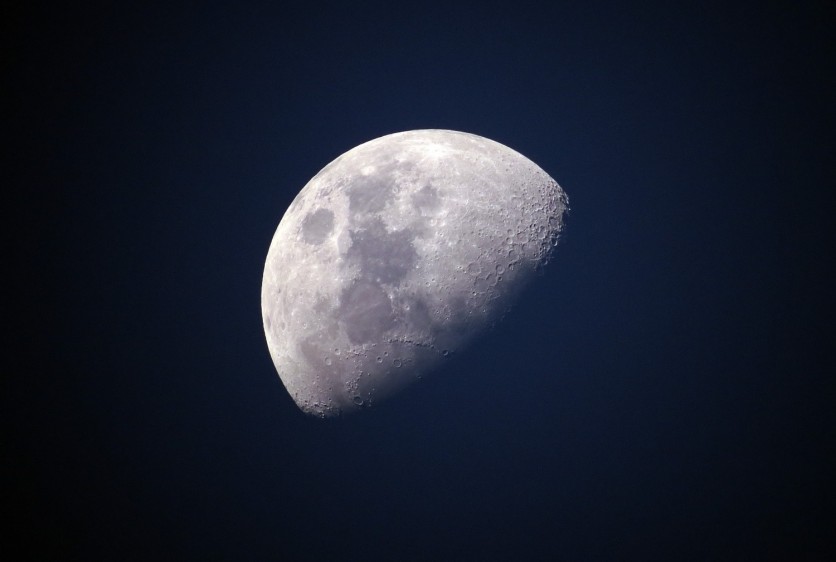A new study reveals that through a 51-year-old moon sample from Apollo 17, scientists, with the help of modern technology, are now able to understand a more accurate account of the moon's age, Reuters reports.
Based on investigations of the crystals, scientists said on Monday that the moon is around 40 million years older than previously assumed, having formed more than 4.46 billion years ago, only 110 million years after the beginning of the solar system.

The samples called to be 'zircon crystals' are stated to be the "oldest known solids" according to senior study author Philipp Heck, Robert A. Pritzker Curator for Meteoritics and Polar Studies at the Field Museum of Natural History in Chicago.
Researchers were able to reportedly analyze the 'zircon crystals' from the decades-old Apollo mission via modern technology called 'atom probe tomography' that wasn't available 51 years ago. Heck adds that "at that time, atom probe tomography wasn't developed yet and scientists wouldn't have imagined the types of analysis we do today."
Read Also : NASA's Artemis II Moon Rocket Core Stage Nears Completion as It Enters Final Assembly Phase
Analyzing the Moon
CNN reports that 'atom probe tomography' is a modern analysis method that starts by sharpening a piece of the lunar sample into a very sharp tip, using a focused ion beam microscope, almost like a very fancy pencil sharpener," according to Jennika Greer, a research associate in Earth sciences at the University of Glasgow but was a doctoral candidate at the Field Museum and the University of Chicago when she worked on the study.
Greer adds that after sharpening the tip, "UV lasers [are then used] to evaporate atoms from the surface of that tip. The atoms travel through a mass spectrometer, and how fast they move tells us how heavy they are, which in turn tells us what they're made of."
The study alone was not able to come up with this discovery as previous studies have tried to analyze the true age of the moon, through different analysis methods, but its findings needed confirmation to ensure its reliability.
Reuters reports that a study led by Zhang published in 2021 used a technique called 'ion microprobe analysis' to measure how many atoms of uranium and lead were in the crystals, calculating the age of the 'zircon crystals' based on the decay of radioactive uranium to lead over time.
The age that came out of Zhang et. al's 2021 study then needed to be confirmed through the current study using the 'atom probe tomography' that verified the age of the crystals, by determining that there were no problems concerning the lead atoms.
Through both of the studies' findings and analyses, the researchers were able to conclude that the sample is indeed the "oldest bit of the moon we've found so far."
Future Implications of the Findings
Implications of the study are vast as Heck states that knowing the age of the moon is a valuable anchor point for finding out the lunar chronology while Gree stated that "it's an anchor point for so many questions about the Earth. When you know how old something is, you can better understand what has happened to it in its history."
Heck further added that "Without the Moon, life on Earth would look different. It's a part of our natural system that we want to better understand, and our study provides a tiny puzzle piece in that whole picture."
Zhang added that "NASA and other space agencies see the moon as a steppingstone for future deep-space explorations."
The study that analyzed the rocks, is from the journal of Geochemical Perspectives Letters, and is entitled as 'Ga zircons anchor chronology of lunar magma ocean' while the 2021 study led by Zhnag is entitled "Radiogenic Pb mobilization induced by shock metamorphism of zircons in the Apollo 72255 Civet Cat norite clast."
Related Article : Get Ready for the Moon! NASA Starts Critical Testing for Upcoming Artemis Missions

ⓒ 2025 TECHTIMES.com All rights reserved. Do not reproduce without permission.




